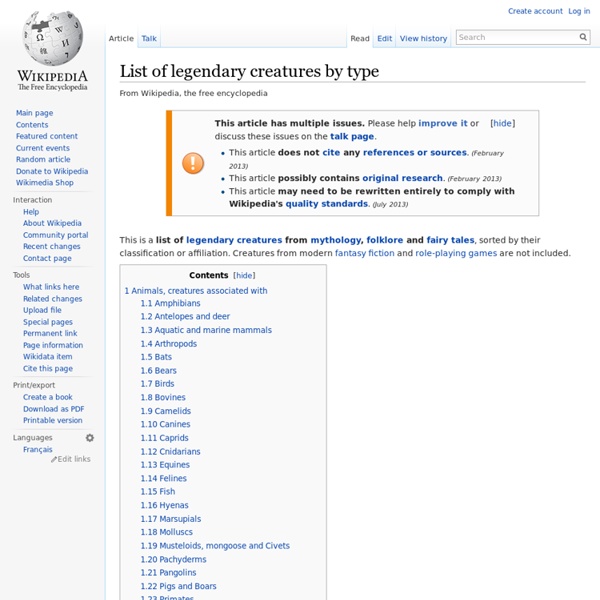



18 | mayo | 2008 | La nodriza de las hadas y el rey carmesí Todo conocimiento psicológico es imaginario James Hillman Dicen que Apolo fue el inventor de la medicina, aunque tambien dicen que nunca la ejerció más allá de utilizar la cítara y el augurio como medios terapéuticos, fue su hijo Asclepio el que comenzó a usar las plantas como remedios medicinales y quizá por llevarle la contraria a su padre inventó aquello del “ars muda“, una idea que ha llegado a nuestros dias y que viene a decir que el médico tiene que limitarse a prescribir hierbas y a usar sus manos renunciando a todo aquello que pueda resultar estridente donde magia y medicina se confunden por el público mal educado en estas lides. Asi, en la tradición médica puede hablarse de dos clases de médicos, aquellos que ejercian la “ars muda” de aquellos que usaban los cánticos, sonidos, danzas con emisión de sonidos: la catarsis que podia conseguirse a través de varios métodos, incluyendo la ayuda de algunas drogas. Hasta Freud. No fué Freud sino su paciente Anna O. ¿Las razones?
untitled LA EXPERIENCIA RELIGIOSA: EL DIOS DEL TRUENO Cielo y Tierra, Sol, Amanecer, Noche: estos dan forma a al marco externo del mundo en el que vivimos. Pero tenemos poderes elementales más enérgicos e impredecibles que componen nuestro medioambiente, deidades de la lluvia y el trueno, viento y fuego, e inundación. EL DIOS DEL TRUENONo hay manifestación natural más aterradora que el trueno. Esos relámpagos de luz en el cielo oscuro; esos estruendos amenazadores; árboles destrozados, etc. Todo ello se achaca a la furia de un ser sobrenatural. En la mayoría de los antiguos panteones de los pueblos Indo-Europeos se puede identificar un dios con estas características. Para los clasicistas es natural pensar que la tormenta que la función de la tormenta pertenece al gran dios del cielo, Zeus, en el caso de Grecia y Júpiter en el caso de Roma. Los dioses-de-la-tormenta tienen diversos nombres. El Carro de Perkunas, se dice a veces, es tirado por un chivo (ozys) o chivos. Perkunas/Perkons tiene una asociación especial con el roble.
untitled Nyami Nyami The Nyami Nyami, otherwise known as the Zambezi River God or Zambezi Snake spirit, is one of the most important gods of the Tonga people. Nyami Nyami is believed to protect the Tonga people and give them sustenance in difficult times. The River God is usually portrayed as female. Variously described as having the body of a snake and the head of a fish, a whirlpool or a river dragon, the Nyami Nyami is seen as the god of Zambezi Valley and the river before the creation of the Kariba Dam. The Nyami Nyami is regularly depicted as a snake-like being or dragon-like creature with a snake's torso and the head of a fish.[1] It can be found as pendants on jewelry, usually carved out of wood, stone or bone, occasionally ivory, silver or gold both as a fashion accessory and as a good luck charm similar to the wearing of a St Christopher medallion. It is the traditional role of tribal elders and spirit mediums to intercede on behalf the inhabitants of the river valley when Nyami Nyami is angered.
clear solar glass Ciénaga de los Muertos La Ciénaga de los Muertos es un lugar ficticio creado por el escritor británico J. R. R. Tolkien para ambientar historias de su legendarium . Para Tolkien tiene asociaciones tanto históricas como míticas. Se trata de una vasta región de ciénagas ubicadas al sureste de Emyn Muil ; entre las tierras de la llanura de Dagorlad , las Tierras de Nadie y las tierras pantanosas del río Anduin , conocidas como Cancha Aguada ( Nindalf ). En avance permanente, las Ciénagas de los Muertos se extendieron en dirección este e inundaron parte de la llanura de la batalla, la que contenía muchas de las tumbas de los hombres y elfos que murieron durante la Guerra de la Última Alianza entre Elfos y Hombres , al final de la Segunda Edad . Bibliografía [ editar ] Tolkien, J.
untitled Como Proteo / Ygramul el Múltiple untitled Guardianes/as de Tesoros